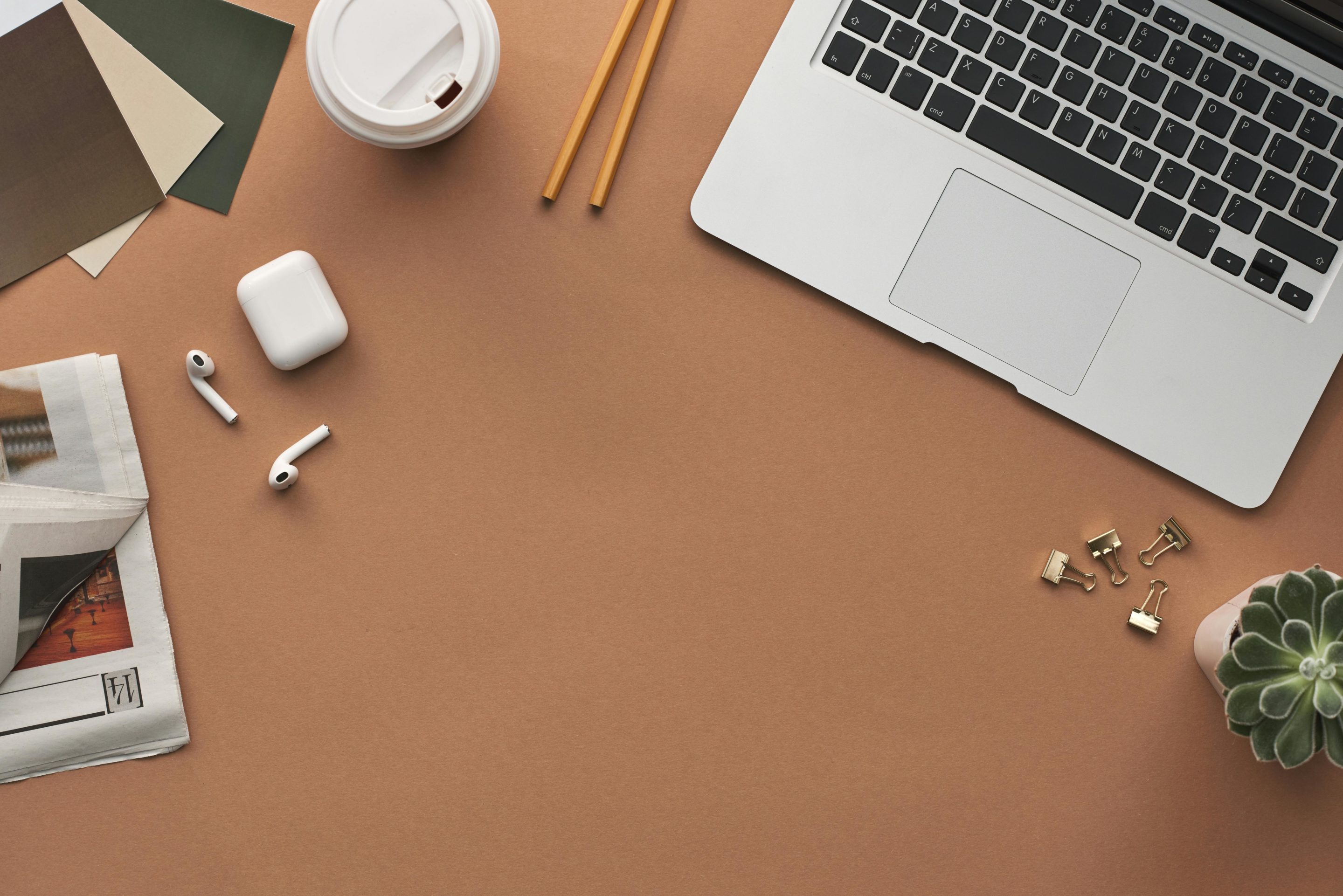Welcome to the Ultimate Guide to Customizing Your WordPress Theme! If you are a business owner or blogger, chances are you have used WordPress as your content management system. With its user-friendly interface and endless customization options, it's no wonder that WordPress powers over 40% of all websites on the internet.
However, simply using a default WordPress theme may not be enough to stand out in the competitive online world. In this article, we will explore some underrated hacks that can help you customize your WordPress theme and maximize your SEO efforts.
Section 1: Understanding Your Theme Options
Before we dive into the hacks, it's important to understand the different theme options available on WordPress. There are three types of themes – free, premium, and custom. Free themes come with limited customization options and may not offer advanced features. Premium themes require a one-time purchase but provide more flexibility and support. Custom themes are designed specifically for your website and offer complete control over its appearance and functionality.
No matter which type of theme you choose, there are a few key elements that can be customized – header, footer, sidebar, colors, fonts, layouts, and widgets. Keep in mind that these elements may vary depending on the theme you're using.
Section 2: Choosing the Right Theme for Your Brand
The first step towards customizing your WordPress theme is choosing the right one for your brand. Aesthetics play an important role in attracting visitors to your website. Consider your brand's identity and choose a theme that reflects it well.
For example, if you're a fashion blogger looking for a sleek and modern design, go for a minimalistic theme with clean lines and plenty of white space. On the other hand, if you run an e-commerce store selling handmade products with a rustic feel, opt for a more textured theme with warm tones.
Section 3: Customizing Your Header & Footer
The header is the first thing visitors see when they land on your website. It's like the storefront of your online business. Therefore, it's important to make a good impression.
Most themes allow you to customize the header by adding a logo, changing its size and position, and adding a call-to-action button or navigation menu. Make sure your logo is high-quality and represents your brand well.
Similarly, the footer is usually located at the bottom of your website and can be customized with widgets and additional information such as contact details or social media links. A well-designed footer can add credibility to your website and make it easier for visitors to navigate.
Section 4: Utilizing Widgets & Sidebars
Widgets are small blocks of content that can be added to different sections of your theme such as the sidebar, footer, or homepage. They provide additional functionality and can be used for various purposes such as displaying recent posts, social media feeds, or advertisements.
Sidebars are vertical columns usually located on either side of your main content area. They can also be customized with widgets according to your needs. Use them strategically to highlight important information or keep visitors engaged with relevant content.
Section 5: Playing with Colors & Fonts
Customizing colors and fonts may seem like a minor detail but it can have a big impact on how your website looks and feels. Choose colors that complement each other and reflect the mood of your brand. For example, if you run a wellness blog, using calming colors like blue or green may be more effective than bright reds or yellows.
Fonts also play an important role in creating a cohesive design. Make sure to choose fonts that are easy to read and match the tone of your brand – whether it's playful, professional, or elegant.
Section 6: Exploring Layout Options
Most themes come with pre-designed layouts that determine how content will be displayed on different pages of your website. However, these layouts may not always fit your needs. That's where customization comes in.
You can rearrange elements on your page, add or remove sections, and change the overall layout to create a unique design that suits your brand. This can also improve user experience and make it easier for visitors to find what they're looking for.
Section 7: Maximizing SEO with Customization
Now that we have covered the different elements of customizing your WordPress theme, let's talk about how it can benefit your SEO efforts. Search engines like Google consider various factors when ranking websites, including website design and user experience.
By customizing your theme, you can improve the overall look and feel of your website, making it more attractive to both visitors and search engines. Additionally, you can optimize titles, meta descriptions, and alt tags to include relevant keywords and improve your website's visibility in search results.
Conclusion:
Customizing your WordPress theme is not only about making it visually appealing but also about improving functionality and maximizing SEO potential. By understanding different theme options and utilizing them effectively, you can create a unique online presence for your brand that stands out from the competition.
So go ahead and explore the endless possibilities of customizing your WordPress theme – because when it comes to standing out online, every little detail counts!






































0 Comments